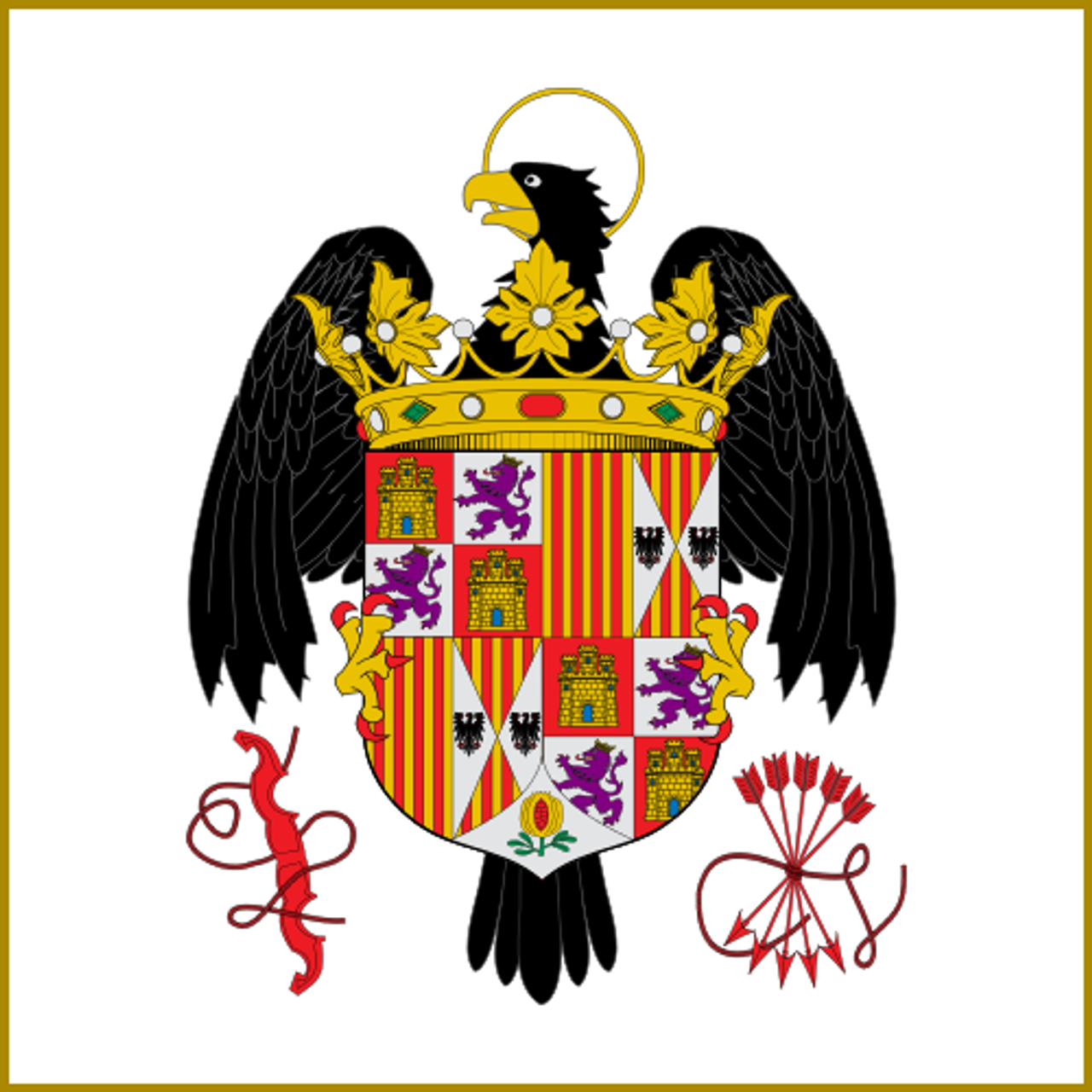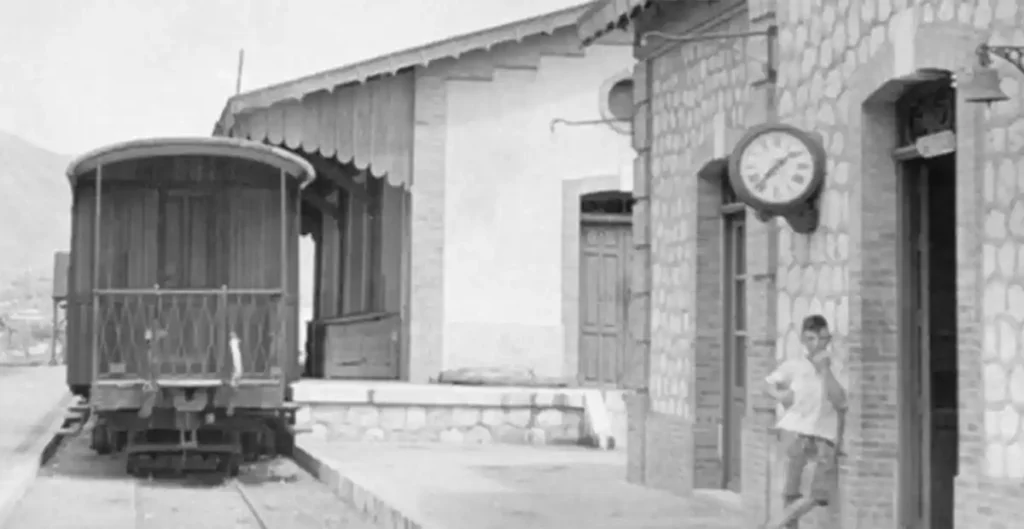Welcome to Fuengirola, our town in Costa del Sol in Málaga, Andalusia, Spain. Often known for its beautiful beaches and excellent atmosphere, what many visitors may not realize is that Fuengirola boasts a rich and fascinating history. Join us as we delve into the Fuengirola history, exploring its evolution from an ancient port to the bustling modern town we know today.
Prehistoric Beginnings
The history of Fuengirola dates back thousands of years. Archaeological findings in the area suggest that the site has been inhabited since the Bronze Age. In particular, the remnants found at La Era de la Virgen reveal the presence of ancient civilizations that utilized the coastal terrain for fishing and trade. These early settlers laid the foundations for Fuengirola’s future as a key port.
The Phoenicians and Romans
In the 8th century BC, the Phoenicians arrived and established trading posts along the southern coast of Spain. Their influence marked a significant turning point in the history of Fuengirola. They recognized the potential of its natural harbor, turning it into a bustling port for commerce. Bringing with them a wealth of knowledge, the Phoenicians influenced local culture and economy significantly.
Later, between the 2nd century BC and the 5th century AD, the Roman Empire further developed the area. Evidence of Roman habitation can still be seen today at the archaeological site of Finca del Secretario, where remains of a Roman villa and a fish-salting factory offer a glimpse into this vibrant era. This site indicates that Fuengirola had a small but active economy, largely based on fishing and trade. As a Roman settlement, it built connections with other Mediterranean cities, thriving as a modest hub in the region.
Medieval Times and Moorish Influence
Following the decline of the Roman Empire, the Visigoths occupied the region until the early 8th century when Muslim forces conquered the Iberian Peninsula. Fuengirola transformed into a Moorish stronghold, becoming known as Suheila. The area witnessed the construction of the Castillo Sohail, a fortress commissioned to defend the coast from pirate attacks and promote trade.
This period marked a rich cultural tapestry, as Islamic influences permeated Fuengirola’s architecture, agriculture, and commerce. The town flourished as a trading port, exporting goods such as olive oil and wine throughout the Mediterranean. You can still see traces of this esteemed history in the streets, with remnants of Moorish designs visible in local buildings.
Fuengirolas’s History: Discovery and the Renaissance
The Reconquista, which concluded in 1492 with the Catholic Monarchs reclaiming Spain, brought change to Fuengirola. The town was renamed once again, and as Christianity spread, churches began replacing mosques. This transition initiated a new chapter; however, it did not completely erase the past. Local architecture and cultures are testament to this complex heritage.

The Renaissance period embraced education, exploration, and the arts. During this time, Fuengirola became a quiet fishing village, its former glory as a trading center slowly fading. However, its picturesque coastal beauty continued to draw visitors, allowing the town to maintain a steady, if modest, local economy.
19th Century to Modern Era
Fast forward to the 19th century, Fuengirola began to witness significant changes. The arrival of the railway in 1916 catapulted the town into a new era. Suddenly, it became accessible to tourists from different parts of Spain and eventually Europe. The local economy began to flourish due to an influx of visitors looking to enjoy the sun and sea, solidifying Fuengirola’s reputation as an inviting retreat.

In the latter half of the 20th century, Fuengirola’s rapid development transformed it into one of Spain’s most popular tourist destinations. The population grew, and residential areas were established to accommodate the influx of expatriates and immigrants. Its beaches, nightlife, and culinary offerings evolved, making it a top choice for families, couples, and solo travelers alike.
Cultural Heritage and Modern Identity
Today, Fuengirola embraces its Fuengirola past while looking forward to a bright future. The blend of cultures is evident in its food, dialect, and local festivals. Throughout the year, traditional events such as the Feria de Fuengirola, held in October, and the Semana Santa processions highlight the town’s rich heritage. The blend of traditional music and modern festivities invites everyone to participate, offering a glimpse into the heart and soul of this seaside town.
As visitors stroll along the promenade, lined with charming cafes and restaurants, they may notice the striking contrasts between modern architecture and historical sites such as Castillo Sohail. These landmarks serve as reminders of the region’s vibrant tapestry woven over centuries.
Discover Fuengirola’s Hidden Gems
If you’re keen to explore beyond the beach, consider visiting the Bioparc, a zoo that blends seamlessly into the lush landscapes of Fuengirola, offering a unique and engaging experience for animal lovers and families. Additionally, the local markets, filled with fresh produce and artisanal goods, offer a taste of authentic Andalusian culture.
In summary, Fuengirola is much more than a beautiful beach destination. Its extensive history—from ancient port to modern town—shapes its identity today. As you explore this vibrant town during your visit, take a moment to reflect on the stories woven into the very fabric of its streets, monuments, and warm community. Fuengirola is a place where the past meets the present—a truly captivating destination that invites you to discover it all.
Plan Your Visit
Whether you are visiting for a weekend or considering making Fuengirola your new home, the layers of history and culture waiting to be explored will leave you with unforgettable memories. Don’t miss out on the chance to interact with locals, taste the flavors of Andalusian cuisine, and immerse yourself in this town’s rich heritage.
So pack your bags, and embark on an adventure to Fuengirola—you will not only enjoy the sun and sea but also gain a deeper appreciation of its fascinating history. Welcome to Fuengirola, where every corner tells a story!
